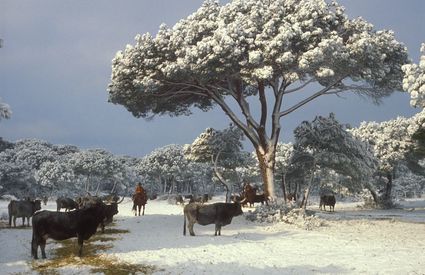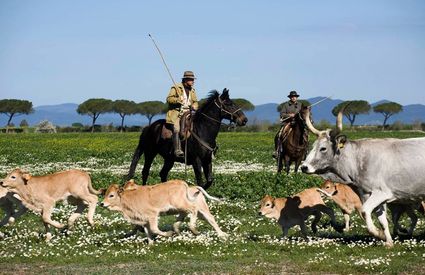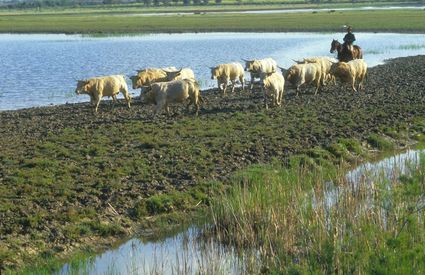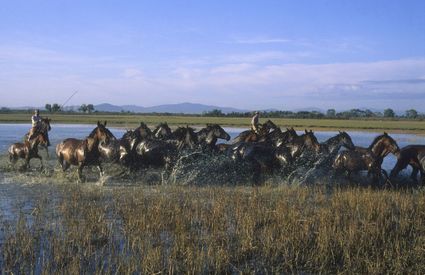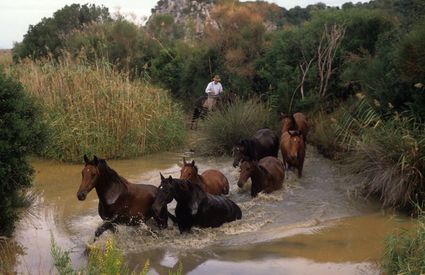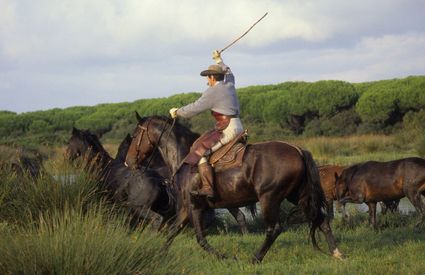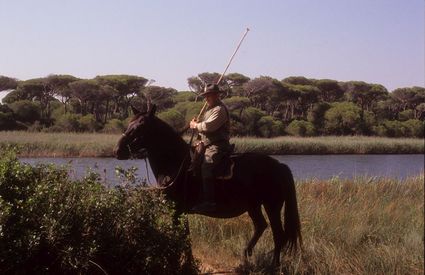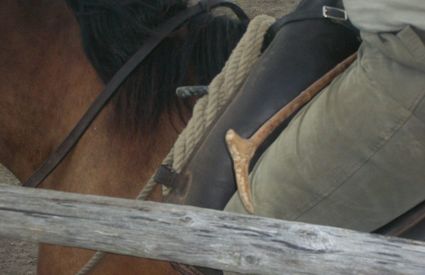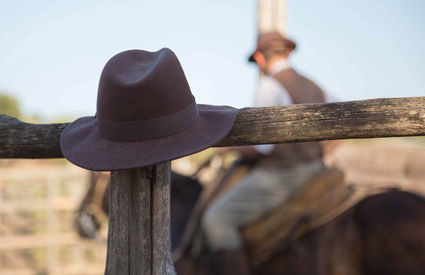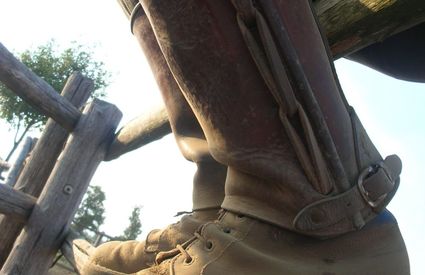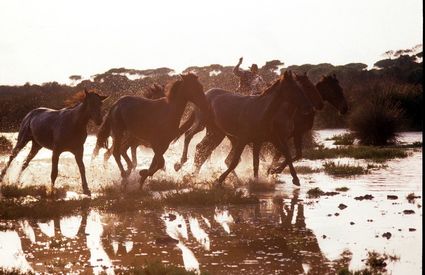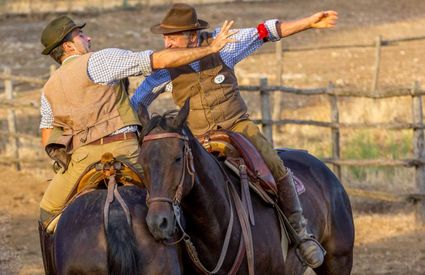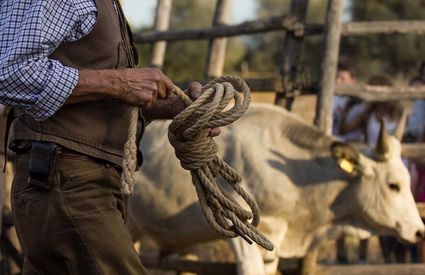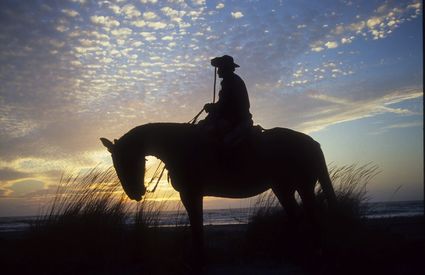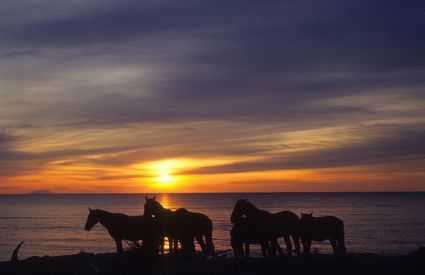Grosseto
Butteri maremmani, the Tuscan cowboys: a legendary group of men
Intricate Mediterranean scrubs, threatening swamps and grazing animals ~ by Ambra Famiani
Butteri maremmani, the Tuscan cowboys: a legendary group of men
Intricate Mediterranean scrubs, threatening swamps and grazing animals ~ by Ambra Famiani
Intricate Mediterranean scrubs, threatening swamps and grazing a
The butteri maremmani are icons
of the Maremma. With a heroic demeanor, and long associated with some of the
strongest and oldest breeds of livestock (whose origins can be traced back to
Etruscan times), these epic figures keep the area’s equestrian traditions
alive.
The cowboys would ride on and on, staying in the saddle from dawn to dusk.
Their rides gave a certain rhythm to the seasons; together they braved the
cold, the heavy morning dew, the scorching sun, getting dirty and sweaty in the
process. It all happened atop herds of white cows and Maremman-bred horses,
whose hooves left their marks on the same paths for generations. The only meal
before noon was a loaf of daily bread with a bit of chicory. And in those
evenings spent far away from home, the butteri enjoyed precious rest on a
“rapazzola,” a makeshift straw mattress put together in their huts, built with
branches and twigs of broom trees.
Night watches would sometimes involve seeing the animals give birth, their reins hardened by ice, and the only heat coming from the warm bodies of the horses, saddled up to go look for calves and heifers that had escaped to hide in the bushes. This was the standard existence lived by herdsmen up until fairly recently: they were united with the animals in their struggle for survival.
The scents of leather hide and sweat; the tricks of the trade
As an irreplaceable figure in large colonial estates -where herds of strong, horned Maremman cows and special breeds of wild horses would graze- the “buttero” was and is the symbol and soul of this ancient land. It’s a land marked by marshiness, a history of malaria and adversity. He was the guardian of centuries-old secrets of a trade, handed down by the early masters, which could be picked up on by observing yet learned only with dedication and passion. On the farm, the “buttero” was the only one who had the right to mount horses after the master; inseparable from his Maremman horse, he lived all of his life there, closely managing the cattle movements and operations, checking, counting and moving them. He wore typical corduroy clothing with a wide-brimmed hat, a “pastrano” coat, goatskin pants, cowhide boots, a long hook and “catana” hanging on the horse harness; these herdsmen would travel tirelessly through swamps and woods in this taxing land, slowly acquiring the aura of local legends.
The butteri: a testament to a long history of work and sacrifice
Living symbols of the epic Maremma, where the sky belongs to the sea and the sea to the Mediterranean scrub, the “butteri” are still, even today, considered the best Italian wild horse trainers. They have extraordinary agility, reflexes and strength, which they showcase during colt taming, calf herding, in everyday challenges and in parades. These real rituals hearken back to the historic, tacit duel between man and beast. The work of those few “butteri” who remain in the Maremma has changed significantly, but it’s still the Buttero who keeps alive these great memories of a long history of work and sacrifice. And it’s because this magical, invaluable past can never be lost in the oblivion of time when the days are this clear and when wild nature is the backdrop for the herds.


